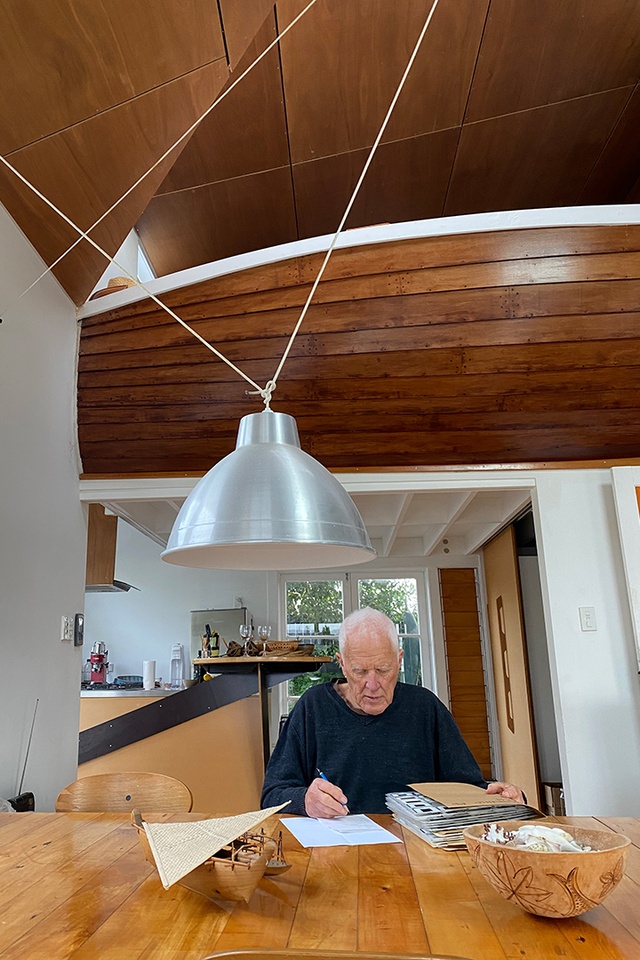Untroubled by theory
In 1956, we first-year students were told we would be the last to have to do a rendered composition of the classical orders on Whatman’s paper. Talk of composition disappeared from the studio, except in the textbook for so-called architectural theory.
Modernism meant the end of all that stuff about style and would, we believed, be the basis of all future architecture ’til the end of time. A couple of decades later, postmodernism caused consternation but it exposed the rigidities and restrictions of modernism, which became just another style. The Auckland school followed the international trend towards serious theory, to the point where graduate Mark Wigley curated the ‘notorious’ Deconstructivist Architecture exhibition at the Museum of Modern Art in New York.
This serves as an introduction to the notion that some of the work presented by current senior students seems surprisingly similar to our student work all those years ago. It is not just the emphasis on presentation because the current presentation standard is way beyond anything that we could have ever achieved. Rather, it is the approach where the assumption is that architecture is the reproduction of standard buildings untroubled by theory. Previous students have been criticised for the lack of 3D exploration (sketches and people). Now, it is all 3D (in colour) and some of us yearn for the plan and the section as exploratory design research. ‘Research’ is referred to but comes with the assumption that, if it is not on the web, it doesn’t exist, which is so nearly correct that it is hard to disagree with. However, critical theory has disappeared, in spite of precedent studies, which follow promotional descriptions and provoke the obvious question that, if the precedent is so perfect, why not just repeat it?

Site analysis is headlined and consists of assembling information. In a recent thesis, the site analysis was a reproduction of the design. This fulfils the once-radical propositions of those who questioned site analysis as a primary process, asserting that it was carried out in order to justify the design and destroy the site. Design method is also headlined but who would have thought that bubble diagrams would become accepted as legitimate? A major absence is the lack of programme, which may have been justified when students opposed the design methods regime by doing formal studies to drive the design. However, these are now absent as well. Of course, it would be easy to blame all this on the digital but it seems that, along with gargantuan presentation facilitated by the computer, the buildings themselves have become oversized. Scale, which was always problematic, seems to have disappeared as a concern, maybe because, when the machine can do everything, why question anything? In short, there is a lack of propositional argument in the work and this was the situation half a century ago.
The results are so commercially normative that they require (dare it be said) a business case. However, it must be emphasised that the best students have none of all this; they are too busy pursuing their obsessions with exquisite graphics and modelling. Sometimes, they revert to ambitious hand-drawing, which becomes desired — perhaps, something like a vinyl record.









